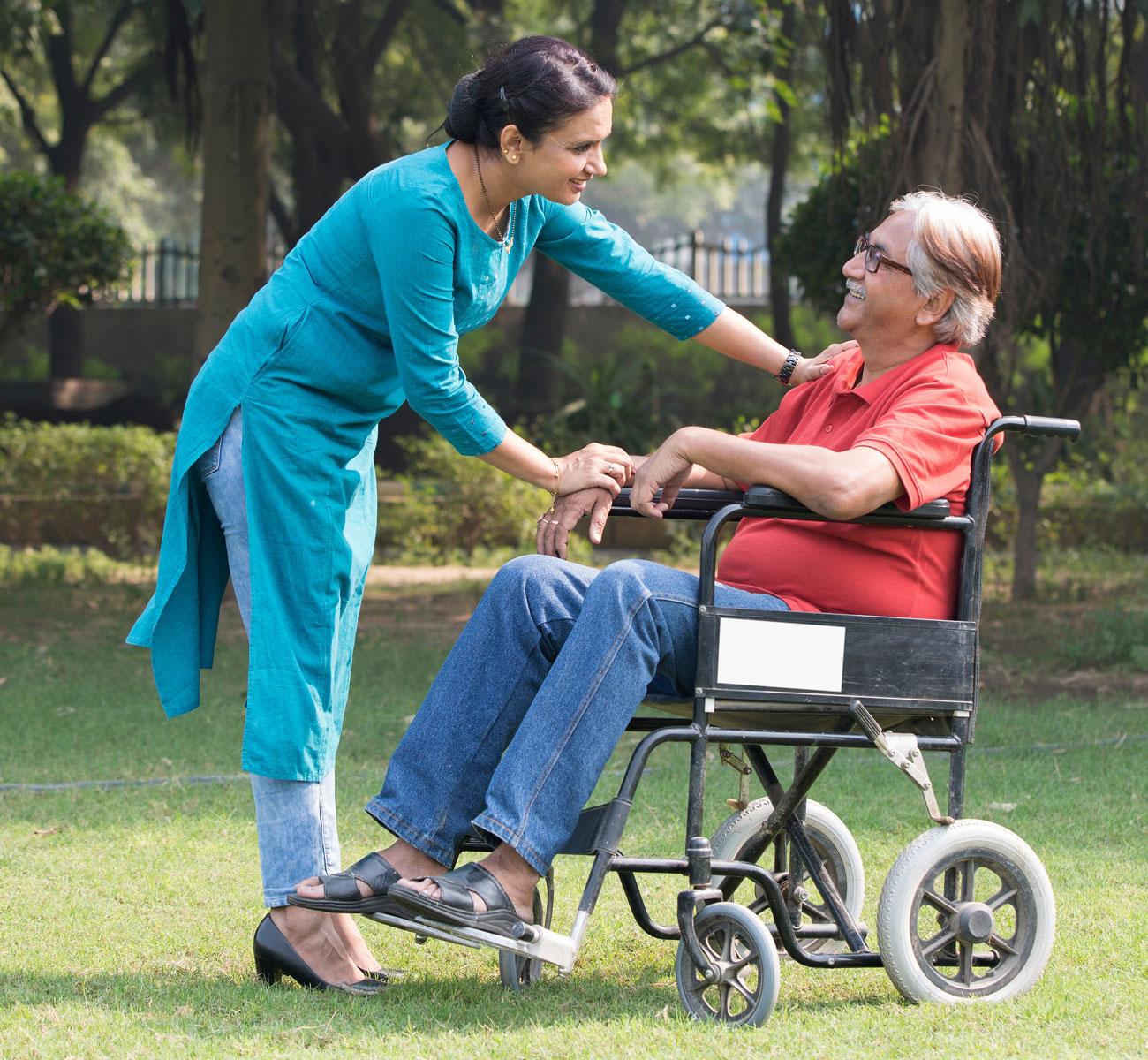How to Create a Safe and Comfortable Environment for Dementia Patients

Caring for someone with dementia involves more than just meeting their medical needs. Their environment plays a crucial role in their well-being, affecting their mood, behavior, and sense of security. Creating a safe and comfortable space can help reduce anxiety, prevent accidents, and enhance their overall quality of life. This guide will help caregivers design an environment that supports the needs of dementia patients.
Understanding the Challenges of Dementia
Dementia affects memory, judgment, and perception, which can make everyday environments feel confusing or even dangerous. Common challenges include:
- Wandering: Individuals may forget where they are going or why they left a room.
- Disorientation: Unfamiliar surroundings can cause anxiety and frustration.
- Difficulty Recognizing Hazards: They may not notice risks like slippery floors or sharp objects.
- Changes in Vision and Depth Perception: Shadows or patterns on the floor might be misinterpreted as obstacles.
By addressing these challenges, caregivers can create a space that promotes safety, independence, and comfort.
Essential Safety Measures
1. Preventing Falls and Injuries
Falls are a leading cause of injury for dementia patients, so ensuring a secure environment is a top priority.
- Remove loose rugs and clutter to prevent tripping hazards.
- Install grab bars in bathrooms and hallways for extra support.
- Ensure good lighting in all areas, especially stairways and entryways.
- Use non-slip mats in the bathroom and kitchen.
- Arrange furniture in a way that allows for easy movement.
2. Reducing Confusion and Anxiety
A well-organized, structured environment can help dementia patients feel more at ease.
- Keep essential items like glasses, hearing aids, and medications in the same place every day.
- Use contrasting colors to make important objects stand out (e.g., a red plate on a white table).
- Label rooms, drawers, and cabinets with pictures and words.
- Avoid mirrors in later stages of dementia, as they may cause confusion or distress.
3. Managing Wandering and Exit-Seeking Behavior
Wandering is common in dementia and can pose serious risks if the individual leaves the home unsupervised.
- Install door alarms or motion detectors to alert caregivers when doors are opened.
- Use child-proof covers on doorknobs or place locks high up where they are less noticeable.
- Keep car keys out of sight to prevent unauthorized driving attempts.
- Provide a secure outdoor area where they can walk safely.
Creating a Comfortable and Familiar Space
1. Personalizing the Living Space
A familiar and welcoming environment can provide a sense of security.
- Decorate with personal items like family photos and favorite belongings.
- Keep furniture and room layouts consistent to prevent confusion.
- Use soft, soothing colors to create a calm atmosphere.
- Provide a cozy chair or a favorite blanket for comfort.
2. Encouraging a Sense of Independence
Dementia patients benefit from being able to complete simple tasks on their own. Small adjustments can make everyday activities easier.
- Use easy-to-open drawers and cabinets.
- Place commonly used items within reach.
- Offer clothing with Velcro or elastic waists instead of buttons or zippers.
- Provide a schedule for daily activities to create routine and predictability.
3. Creating a Relaxing Environment
Dementia patients are often sensitive to noise and overstimulation. A peaceful environment can help reduce agitation.
- Limit background noise from TVs and radios, especially during conversations.
- Use blackout curtains to promote better sleep.
- Play soft music or nature sounds to create a soothing ambiance.
- Introduce calming activities like aromatherapy, gentle hand massages, or pet therapy.
Adapting to Different Stages of Dementia
As dementia progresses, a patient’s needs will change, and their environment should adapt accordingly.
- Early Stage: Encourage independence while making minor adjustments, such as adding labels or improving lighting.
- Middle Stage: Increase supervision and introduce safety measures like grab bars, locks, and alarms.
- Late Stage: Provide full-time assistance, ensure maximum comfort, and simplify the living space to prevent confusion.
The Role of Caregivers in Maintaining a Safe Space
Caregivers play a crucial role in monitoring and adjusting the environment as needed. Regularly assess the home for potential hazards and modify the setup based on the individual’s changing needs.
- Observe behaviors to identify triggers for anxiety or agitation.
- Regularly check for new safety risks, such as loose flooring or misplaced items.
- Stay informed about dementia care best practices and seek support from professionals or caregiver networks.
Final Thoughts
A well-designed environment can significantly improve the quality of life for someone living with dementia care. By prioritizing safety, comfort, and familiarity, caregivers can create a space where their loved one feels secure and at ease. Small adjustments can make a big difference in reducing stress and promoting independence. Dementia care is a journey, but with thoughtful planning and compassionate support, families can create a home that truly meets the needs of their loved one.
- Art
- Causes
- Crafts
- Dance
- Drinks
- Film
- Fitness
- Food
- Games
- Gardening
- Health
- Home
- Literature
- Music
- Networking
- Other
- Party
- Religion
- Shopping
- Sports
- Theater
- Wellness


